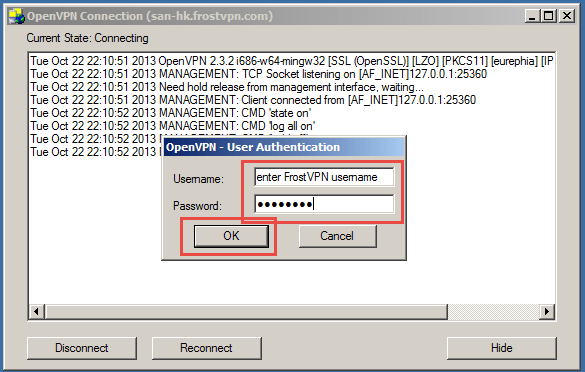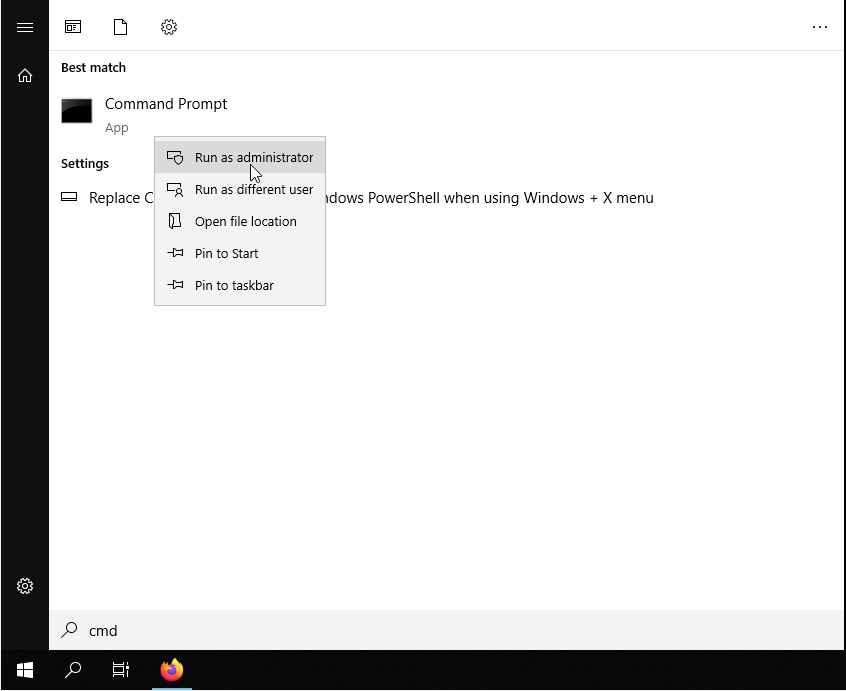

In laymen’s terms, this means to create a root certificate authority, and request and sign certificates, including sub-CAs and certificate revokation lists (CRL). Installation is now complete, now click Finish and we’ll move on to configuring the server.Įasy-rsa is a CLI utility to build and manage a PKI CA.

Once the installation is complete, you’ll then need to click Next… You’ll then be asked to choose which components to install, you will need to ensure that you select ALL components, this is very important otherwise you will not get Easy-RSA and other utilities that we will need, when you are happen then click Next…Ĭhoose where you want to install the software and where the configuration will be stored, I simply accepted the defaults and then click Install…ĭuring the installation you will be prompted to install the virtual TAP NIC adapter, this is a virtual network device that is required by OpenVPN server, you will need to click Install here… Next you will be presented with the License Agreement, read and click the I Agree button to continue… We will now log on to our Windows Server 2012 R2 desktop and then run the OpenVPN Server installer ( openvpn-install-2.3.10-I601-x86_64.exe) installer, the following screen will appear, click Next to start the installation…

Once installed, this will enable the client machine (the MacOSX laptop) to connect to the VPN using a split tunnel configuration using a split tunnel will ensure that only traffic that is destined for the VPN network will be routed over the VPN, your internet connection and other traffic will be routed locally of which will increase speed and performance – Again, this was another requirement, before doing this yourself please understand the security implications of such a setup. You can download both of these versions from my site if you wish! TunnelBlick (Free OpenVPN client software for MacOSX)Īt the time of writing, the following latest stable versions and the versions that are installed as part of this guide are as follows:.So, for this setup we’ll use the following software to set-up this solution up: The requirements really consisted of a using Windows Server (ease of management) with the ability for MacOSX laptops to connect over a VPN to it.Ī couple of years ago, I had a similar setup that I used to connect to my home network using my own MacBook Pro but this time I thought I’d document it to help others. This weekend a friend of mine asked my advice on setting up a VPN for his business to enable remote workers to connect and access the office’s file server and other internally hosted data.


 0 kommentar(er)
0 kommentar(er)
